The 2023 Cadillac Lyriq has a unique feature called Variable Regen on Demand that helps drivers extend the driving range of the new electric vehicle. The luxury marque recently released a video detailing how to operate this feature to take advantage of energy that would otherwise be wasted during braking.

Those familiar with “regular” Regen on Demand will be instantly familiar with Variable Regen on Demand, since the two work in an identical fashion, though with one noteworthy difference. To start, Regen on Demand uses an electro-hydraulic system that takes the energy from the spinning wheels to reverse the direction of the electricity, directing it from the vehicle’s motors back to the battery. In other words, the mechanical energy from the act of braking is converted into electrical energy that charges the vehicle’s battery. Regen on Demand technology is already found in the Chevrolet Bolt EV or Bolt EUV, where the steering wheel-mounted paddle acts as an on-off switch for the system.
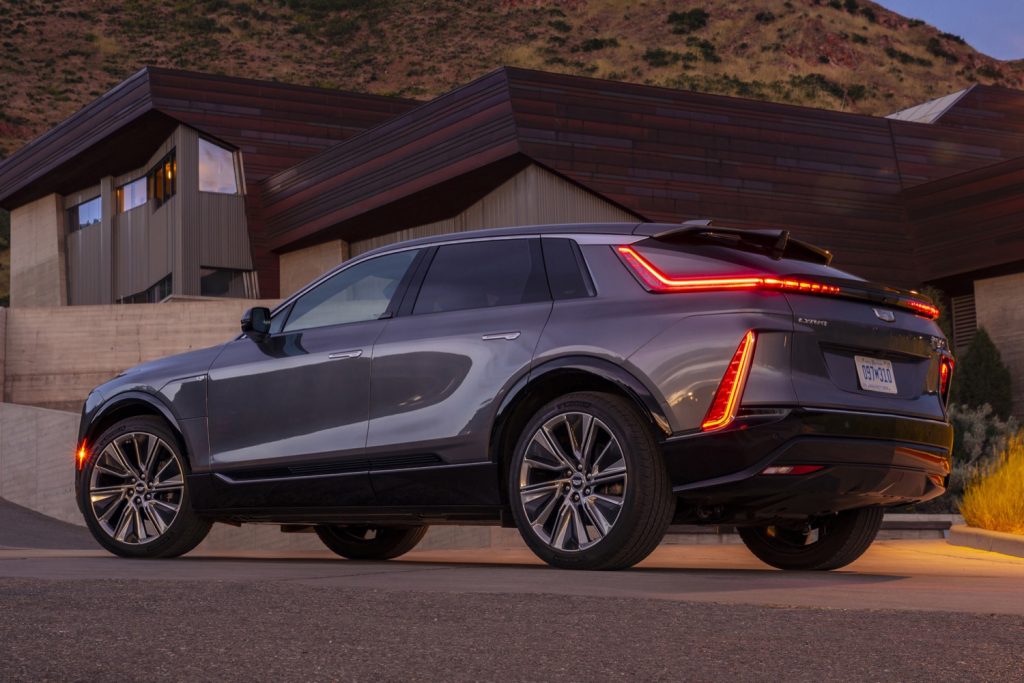
The Variable Regen on Demand system for the Lyriq functions in the same manner, but allows for dynamic regenerative braking rather than simply being an all or nothing endeavor. The tech is activated by gently pulling back on a pressure-sensitive paddle situated on the left-hand side of the steering wheel. The system detects the position of the paddle and applies the brakes accordingly, activating regenerative breaking. In other words, if the driver pulls the paddle back 50 percent, then the Lyriq will apply the regenerative braking function at 50 percent.
Beyond recharging the battery to improve the Lyriq’s driving range, Regen on Demand can also alleviate brake component wear. The system can also be used by simply using the brake pedal, which uses Regen on Demand at times of lighter braking, or by turning on single-pedal driving.
The Cadillac Lyriq will come to a complete stop if the paddle is held at a certain pressure for long enough, and the vehicle will remain stopped until the accelerator is pressed. However, Cadillac notes that the paddle should not be used when emergency braking is necessary. In these kinds of cases, the driver should instead rely on the brake pedal.
Want the latest on all things Cadillac as it surges into its all-electric future? Then subscribe to Cadillac Society for Cadillac Lyriq news and to-the-minute Cadillac news coverage. We also invite you to join the latest discussions in our Cadillac forums and Cadillac Lyriq forum.

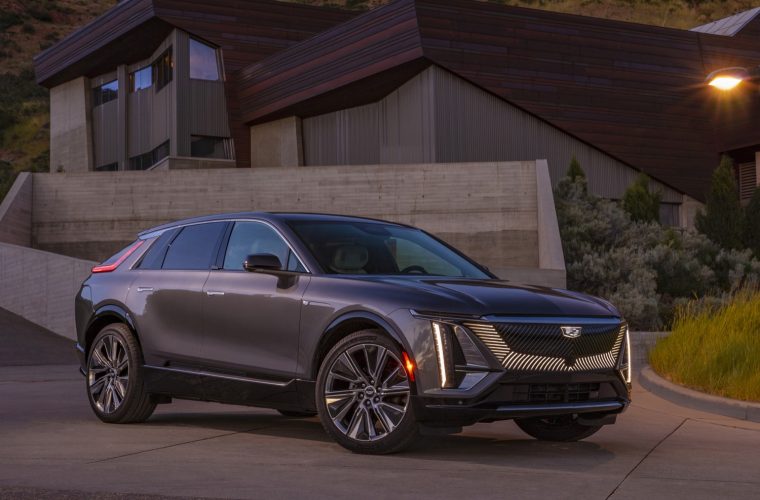
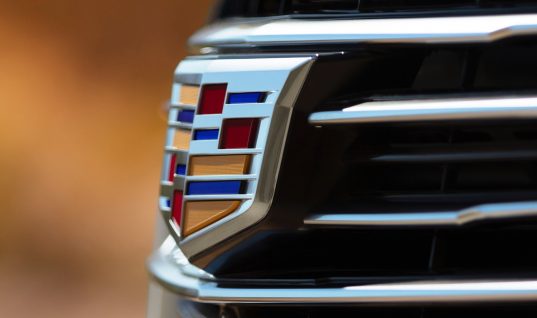

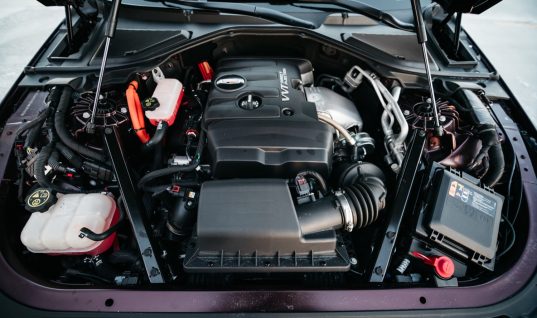
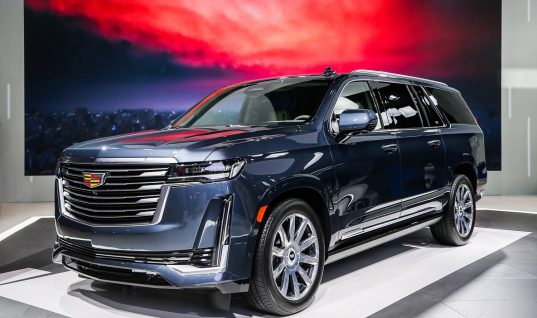
DrewStar
It seems like a simpler method of applying the variable function would be to tie it in to the actual brake pedal. Then the harder a driver presses the pedal to brake the more energy is siphoned back into the batteries. This would not require the driver to take an additional action or to worry about how much energy siphoning should be applied.